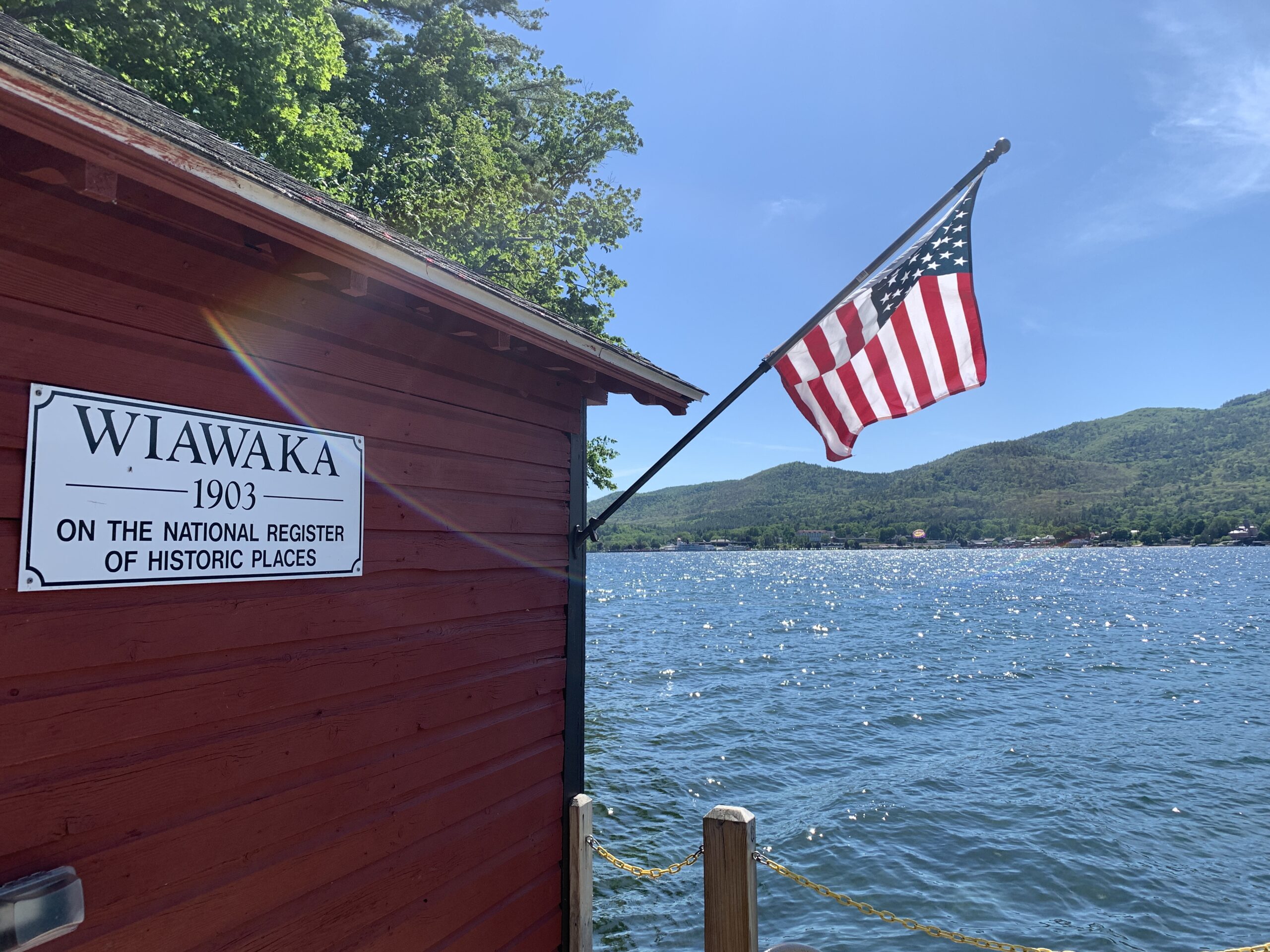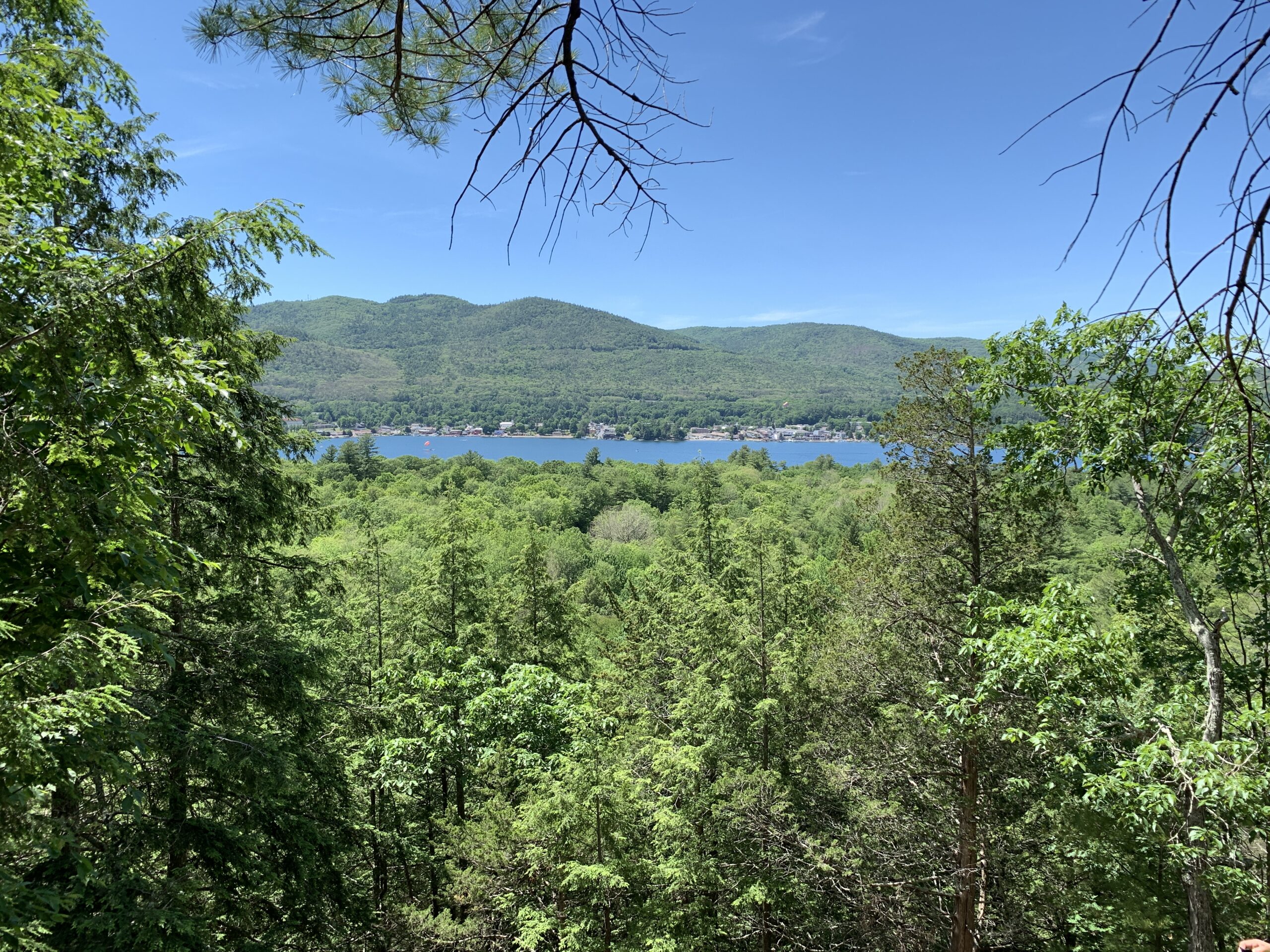The Wiawaka Uplands project is the LGLC’s latest effort in protecting land in the Lake’s south basin.
The LGLC’s South Basin Initiative focuses on protecting land in the southern-most area of Lake George that encompasses the “headwaters” of Lake George. Protecting land in the south basin has tremendous benefits for the water quality of Lake George.
Lake George flows south to north. Water entering the Lake from the south end, the Lake’s headwaters, travel the greatest distance – some for the entire 32 miles – before emptying into the La Chute River in Ticonderoga, and then to Lake Champlain.
Because these headwaters persist in Lake George for so long, they can have the greatest impact on the water quality of the entire Lake. The protection of these waters, and the land that surrounds them, is therefore a very important conservation priority for the health of the Lake George watershed.
Now, more than ever, there is urgency to this work at the southern end of Lake George. Development pressure within the south basin is tremendously high because of its convenience: properties in the south are closer to transportation, the amenities that come with the urban area of Lake George Village, and zoning that is more favorable to development.




